Explore this page: What Causes Pollution? | How to Protect Children | Our Programs | Monitoring Tools | Our Researchers
Air pollution can turn a child’s life upside-down. While playing outside on a sunny day, high air pollution levels can cause sickness and trigger asthma and chronic conditions. It can force kids inside when they should be outside with friends. For some, even their indoor environments can be dangerous with the threats of carbon monoxide and radon.
We created this page to describe the types of air pollution commonly found in the Philadelphia region, and to provide techniques and tips to reduce your child’s exposure.
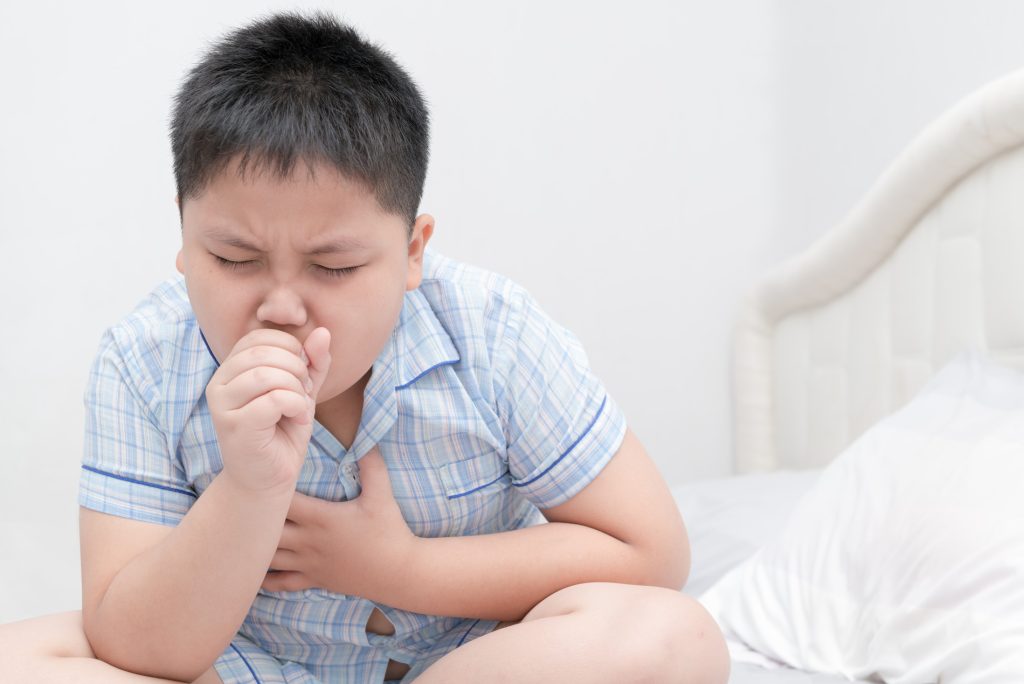
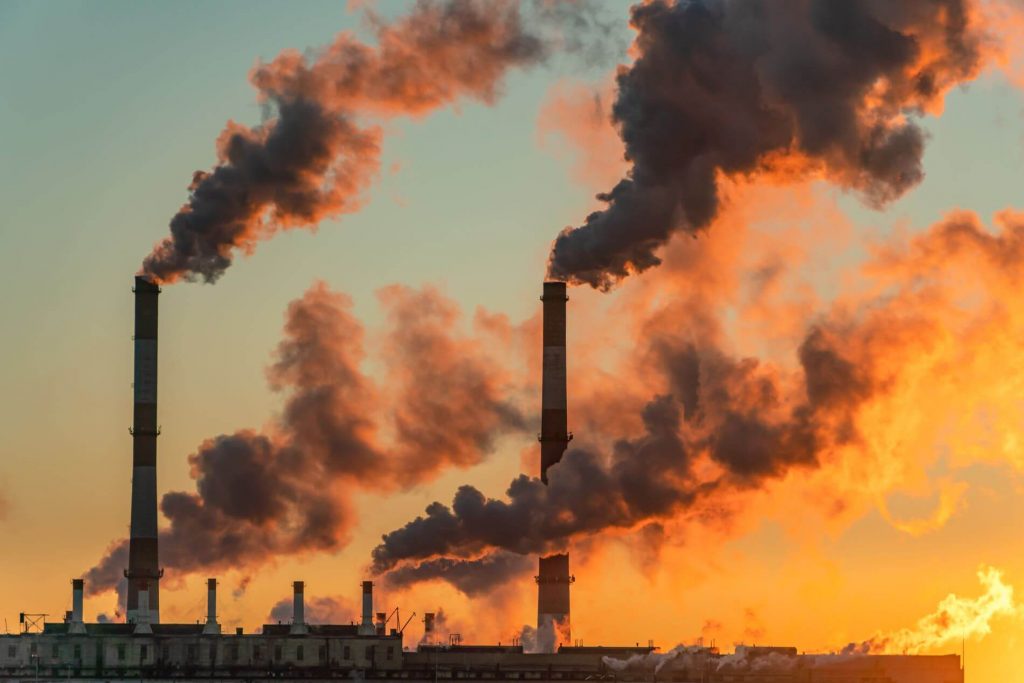
What exactly is air pollution?
Air pollution can occur both outdoors and indoors. Common air pollutants include particulate matter, lead (Pb), nitrogen oxides (NOx), sulfur dioxide (SO2), carbon monoxide (CO) and ozone (O3). In addition, there are other hazardous air pollutants, some of which can cause cancer. Air pollution adversely affects children’s growth and development and can cause asthma and make asthma worse. Air pollution can also impact the health and growth of babies before they are born.
Indoor air quality and schools
Old school buildings may contain lead paint and asbestos insulation. Inadequate ventilation and poorly maintained HVAC systems may increase indoor particulate matter, volatile organic compounds (VOCs) and carbon dioxide levels.
Mold may grow in rooms with water damage and high humidity levels. Leaking pipes and roofs are particularly prevalent in schools and some child-care centers as the buildings are old. Damaged asbestos containing materials can suspend asbestos fibers in the air.
Air pollution and children's health
Air pollution has been associated with low birth weight and premature birth. After birth, air pollution places the child at risk for lung diseases such as asthma. Air pollution also exacerbates asthma and increases the risk of respiratory tract infections in younger children. Some studies suggest neurobehavioral function is negatively impacted by air pollution.
Particulate matter comes in different diameters - PM10, PM2.5 and PM1. The lower number refers to the size of the particulate matter. The smaller that number, the more likely it is to be absorbed into the children's lungs.
Video Resources
How do I protect my children?
Find out how you can make a difference in your child's health with these quick tips. Click the circle icons to view each tip.
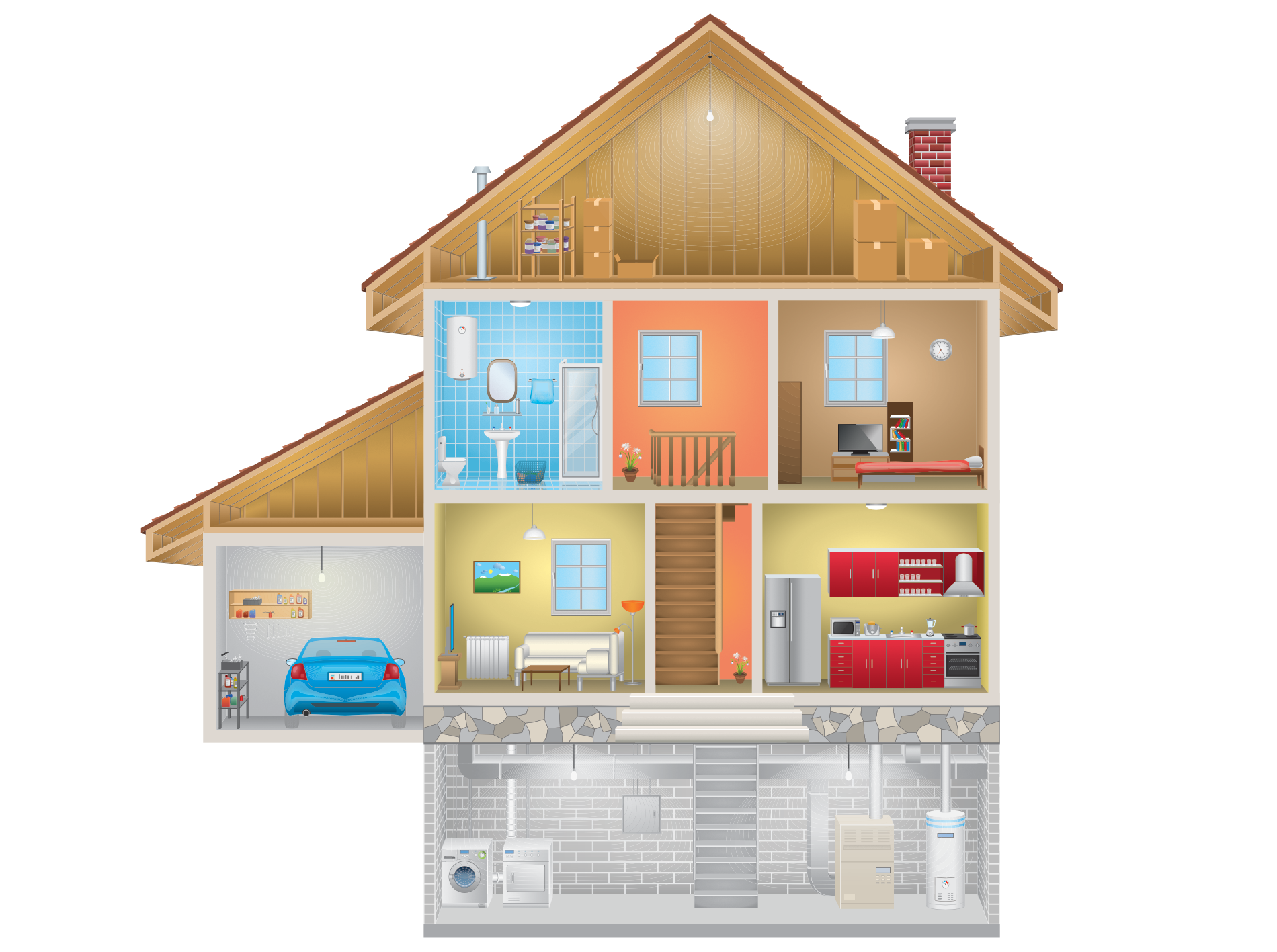
If you smoke, only smoke outside the home. Secondhand, and even thirdhand smoke (chemicals and nicotine that settle on surfaces), can trigger an asthma attack.
Avoid air fresheners, candles and harsh cleaners. You can find healthier cleaners on this website.
Choose “low-VOC” products (example: paints).
Use a stove hood while cooking. With gas stoves, use an exhaust fan vented to the outdoors.
Fix water leaks, even small ones. Check the house for water damage, remove mold and avoid excessive moisture indoors.
Let the fresh air in! Open your windows regularly when the pollen is low and the air quality is good.
Wet dust and wet mop regularly to remove dust.
Install smoke alarms and carbon monoxide detectors. Philadelphia residents can have a free smoke detector installed by the Fire Department by calling 311 or by placing a request here.
Test for radon in the basement and 1st floors.
Know your local Air Quality Index and avoid letting your children outdoors for exercise when air pollution levels are high. Sign up for Air Quality alerts at airnow.gov
If your children have allergies to pollen, know your local pollen index and avoid letting your children play outside when the pollen levels are high. You can find pollen levels in your area by visiting The Weather Chanel’s website.
Our Air Pollution Programs
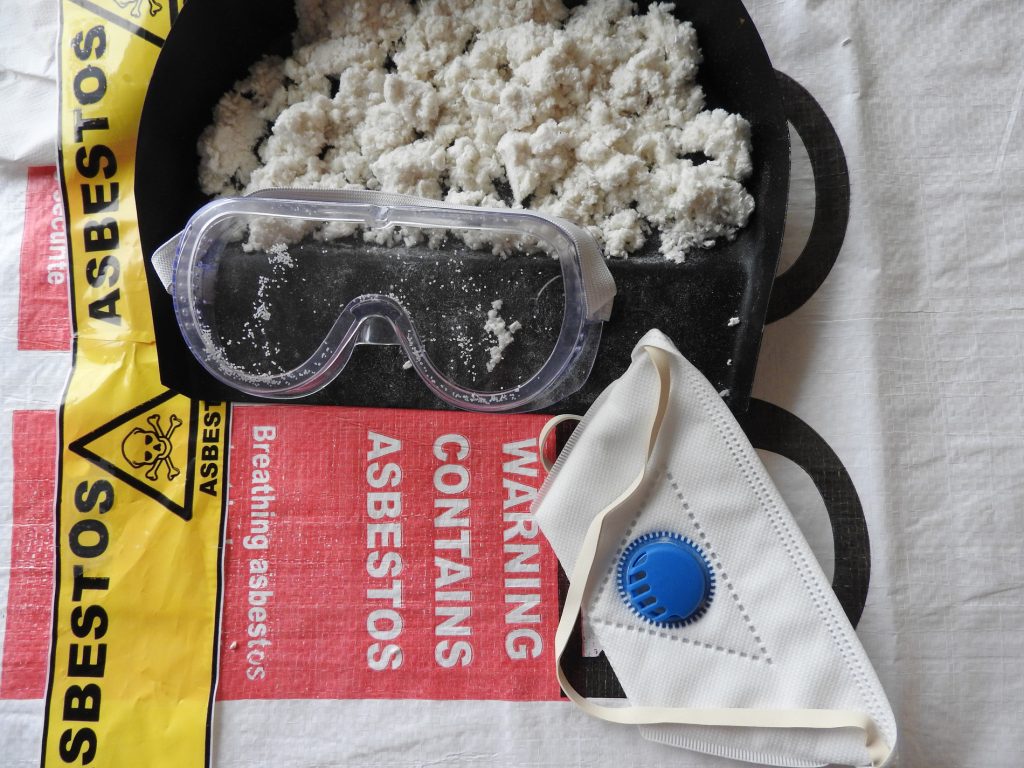
Hazard Assessments for Asbestos in Schools
Assessments of schools for asbestos hazards, health risks and education.

Teachers Institute of Philadelphia Environmental Health Curriculum
Teacher training to develop curriculum on environmental health topics.
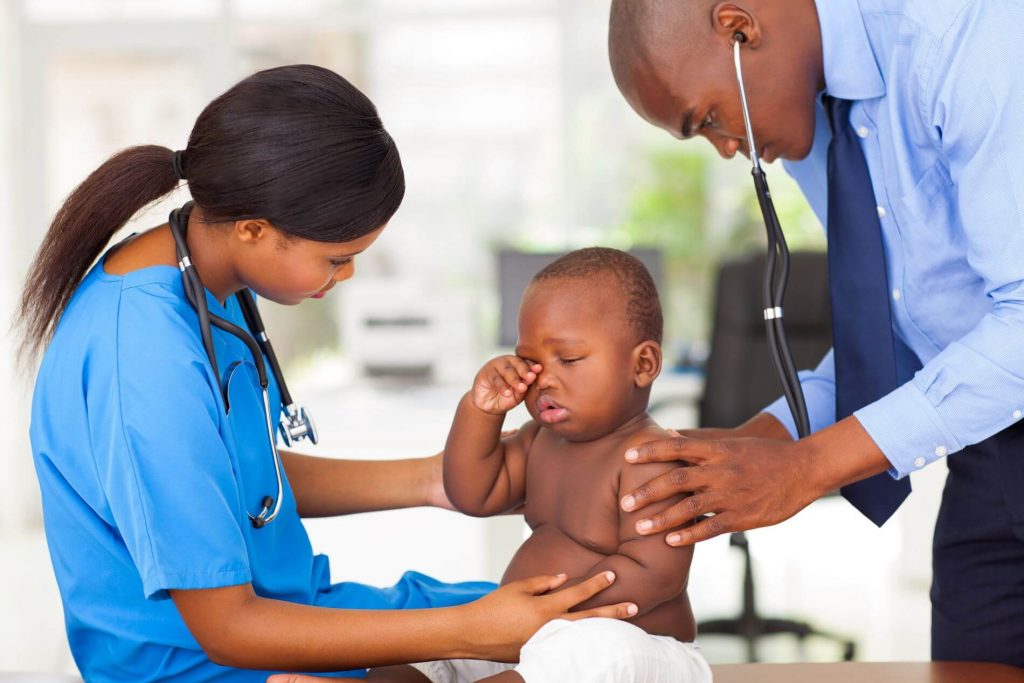
Regional Consultations on Environmental Health
Consultations for clinicians caring for patients with lead poisoning and environmental health issues
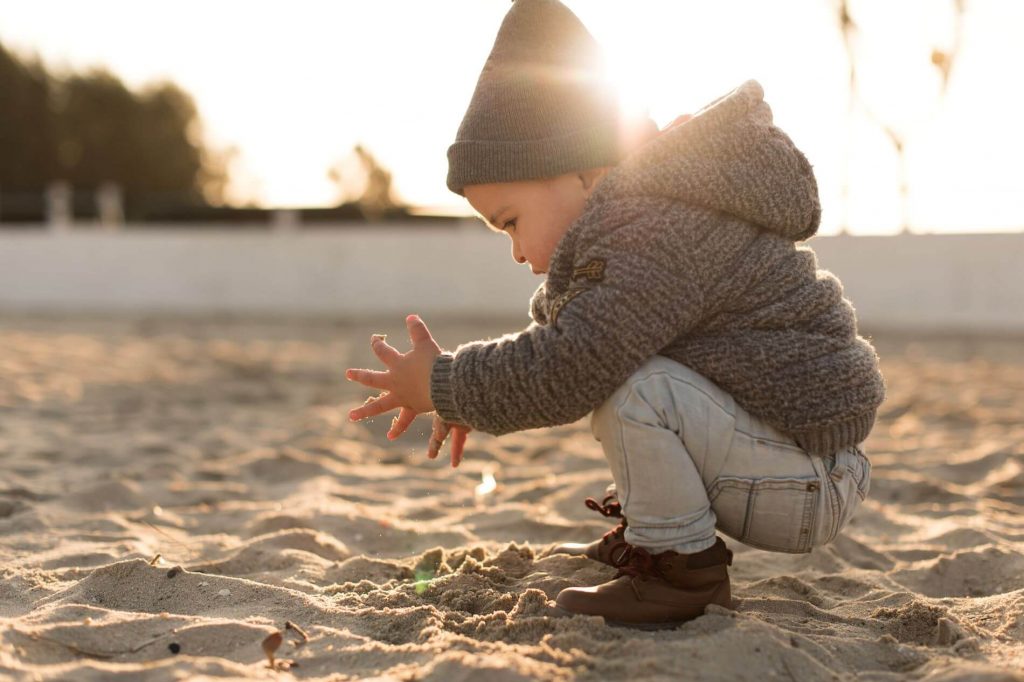
Pilot Project Funding
Funding for researchers and nonprofit organizations for innovative children’s environmental health research and implementing that research in the community.
Webinars for Childcare Providers
Videos specifically for childcare centers and schools on environmental health topics.

Prescriptions for Prevention Program
This program screens patients for environmental risks and automatically provides them and their healthcare providers with printed counseling materials.
AirNow.gov Air Quality Alerts
Did you know that there are sensors throughout our region that monitor air quality and predict tomorrow’s air pollution levels?
Use the map below to view the Air Quality Index (AQI) for your neighborhood, and plan in advance when to keep children, the elderly or other vulnerable populations indoors.
Philadelphia Current Conditions
Center Members Researching Air Pollution

Derek Shendell, D.Env., MPH
Derek Shendell, D.Env., M.P.H., is a professor in the Department of Environmental and Occupational Health and Justice at…

Usha Sankar, PhD
Usha Sankar, PhD, is an Associate Teaching Professor in the Biology Department at Drexel University. Prior to joining…
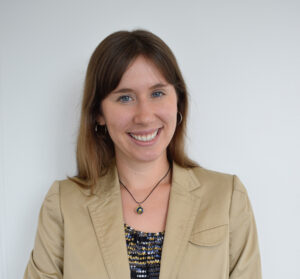
Stephanie Mayne, PhD, MHS
Stephanie Mayne is an epidemiologist whose research focuses on the relationship of neighborhood environmental exposures with child well-being,…

Inkyu Han, PhD, MPH
Inkyu Han is a multidisciplinary environmental health scientist in exposure assessment and environmental epidemiology. Environmental exposure and community…

Jane E. Clougherty, MSc, ScD
Jane E. Clougherty is a Professor of Environmental and Occupational Health (EOH) at the Drexel University Dornsife School…
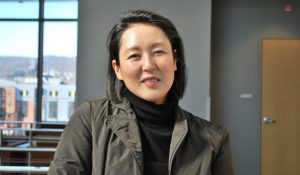
Hyunok Choi, PhD, MPH
Hyunok Choi is the Associate Professor and Director of the Children’s Environmental Precision Health Institute at Lehigh University….

Jessica Rice, DO, MHS
Jessica Rice is an attending physician with the Division of Pulmonary and Sleep Medicine at the Children’s Hospital…

Carsten Skarke, MD
Carsten Skarke is the Robert L. McNeil Jr. Fellow in Translational Medicine and Therapeutics and currently an Adjunct…

Aimin Chen, MD, PhD
Aimin Chen is the Co-Director of the Philadelphia Regional Center for Children’s Environmental Health. He is Professor of…

Jianghong Liu, PhD, FAAN
Jianghong Liu is the Marjorie O. Rendell Endowed Professor in Healthy Transitions at the School of Nursing at…

Sharon McGrath-Morrow, MBA, MD
Sharon McGrath-Morrow is the Associate Division Chief in Pulmonary and Sleep at the Children’s Hospital of Philadelphia, Co-Principal…
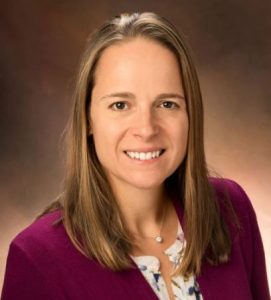
Heather Burris, MD, MPH
Heather Burris, is a founding member of Philadelphia Regional Center for Children’s Environmental Health. Heather is a practicing…

Ruth McDermott-Levy, PhD, MPH, RN, FAAN
Ruth McDermott-Levy is a Professor and Co-Director the Mid-Atlantic Center for Children’s Health and the Environment (US Region…
